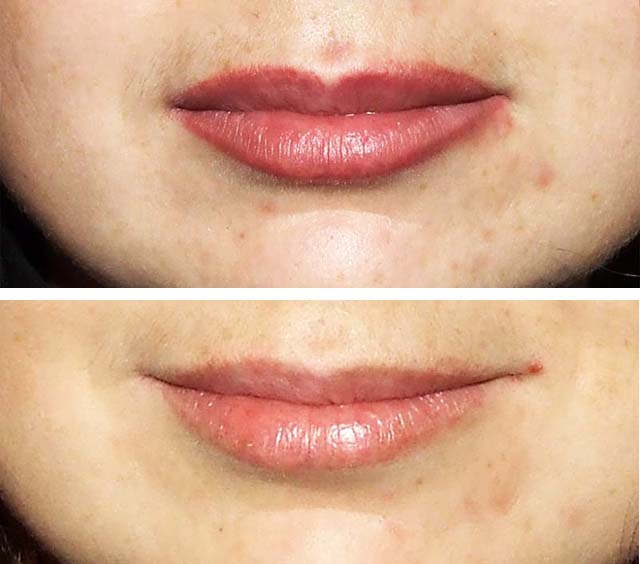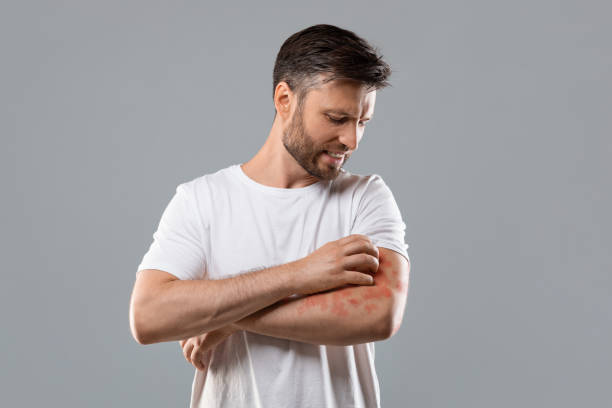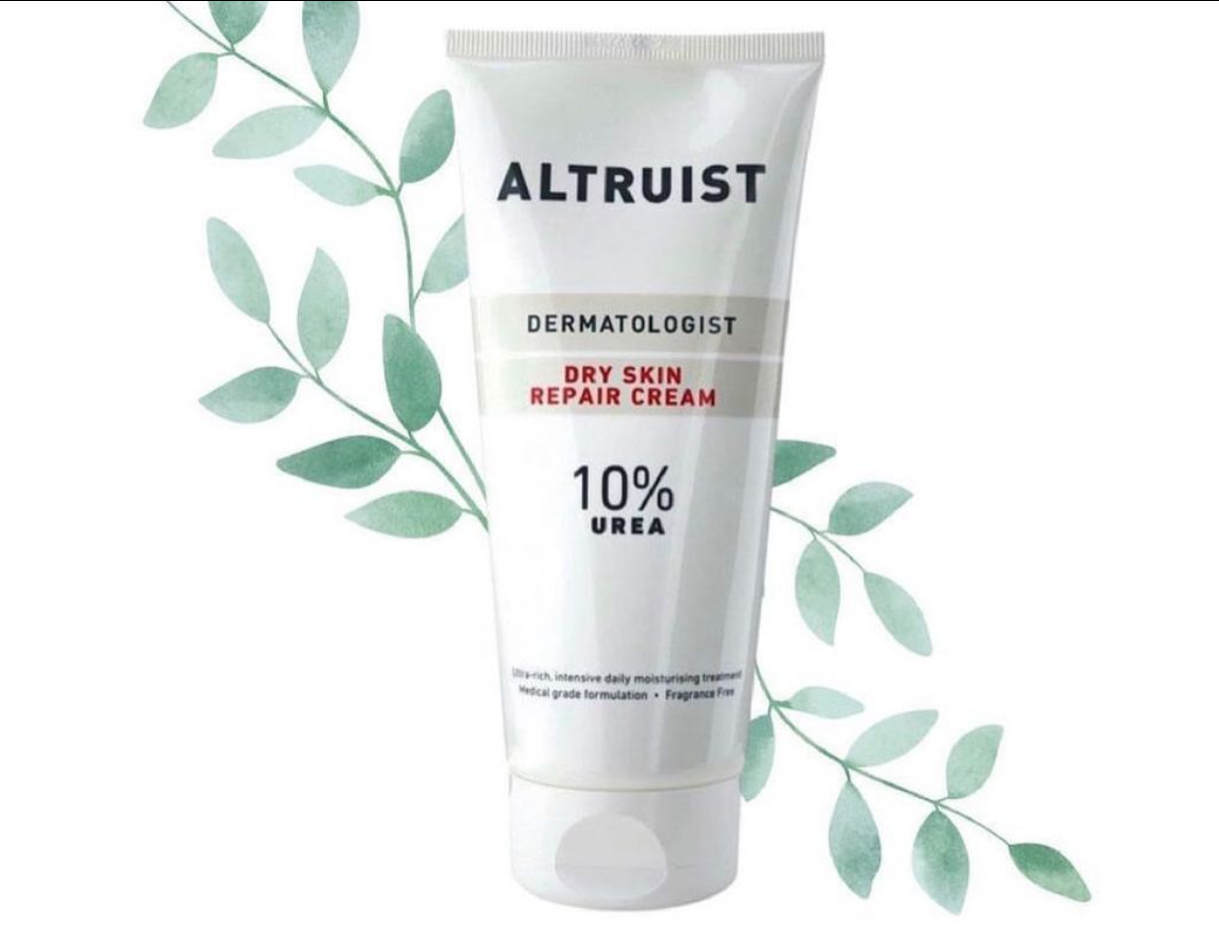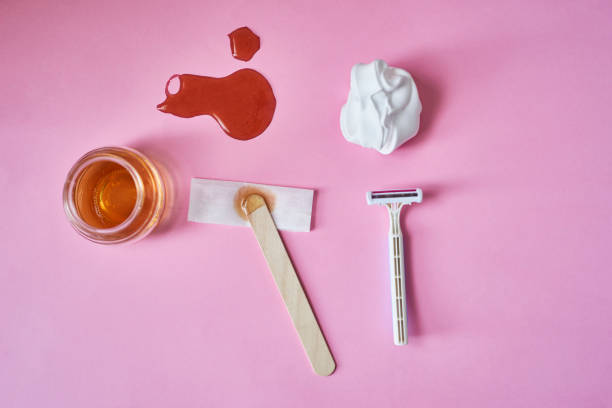Lip blushing is a semi-permanent cosmetic procedure that has gained traction for those seeking to enhance their lip color and definition. But what happens when the outcome doesn’t meet your expectations, or you simply change your mind? Can you remove lip blushing? This article dives deep into the realities of lip blushing removal, examining the various methods available, the factors that influence the success rate, and the potential risks involved. Whether you received your cosmetic lip tattoo in Brisbane or elsewhere, understanding the ins and outs of reversal is crucial for making an informed decision.
Understanding lip blushing
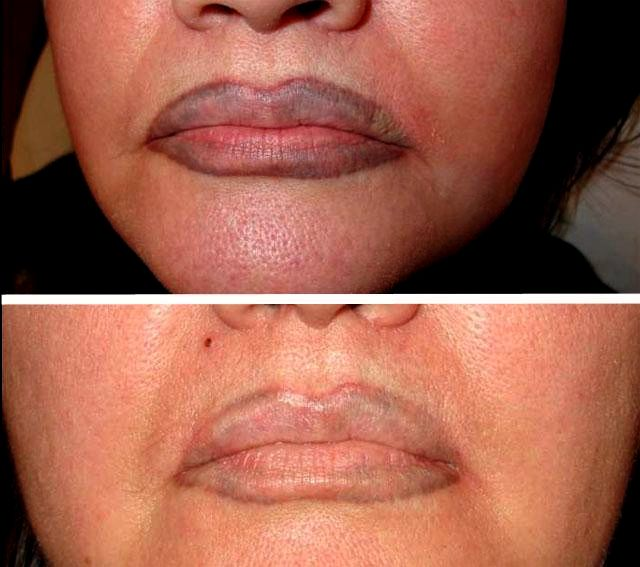
Lip blushing is a form of semi-permanent makeup which deposits colored pigment into the lips, often designed to enhance natural lip color and contour. In Brisbane, and across the globe, skilled technicians use precise techniques to create a fuller and more vibrant lip appearance, drawing on a vast palette of pigments to cater to individual preferences. This cosmetic lip tattoo has a variable lifespan, typically between 2 to 5 years, and its permanency is influenced by factors such as exposure to sunlight, the body’s metabolism, and aftercare.
Many opt for lip blushing for reasons such as asymmetry correction, pigmentation loss, or simply to minimize the daily makeup routine. However, it’s the semi-permanent nature of this procedure that leaves some clients seeking to remove or alter their lip blushing, raising questions about the ease and effectiveness of reversal methods.
Factors influencing lip blushing removal
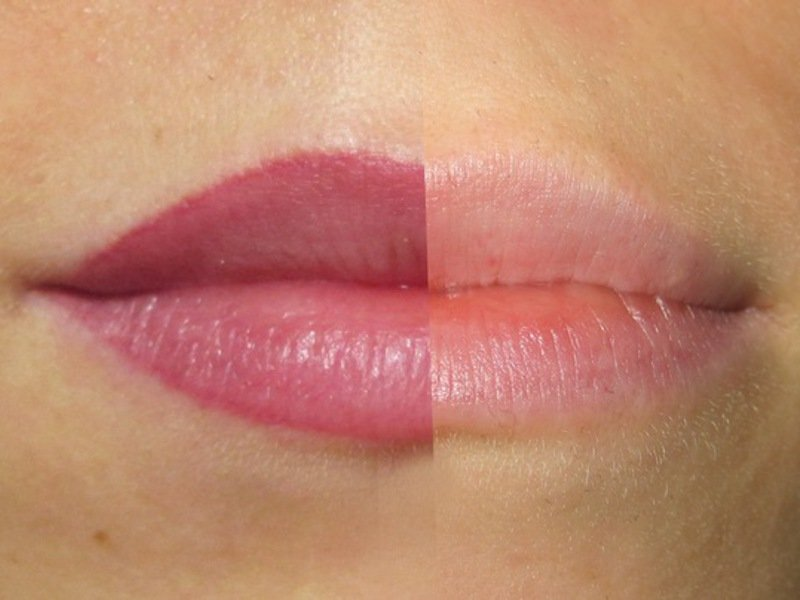
The process of removing lip blushing is not straightforward and is influenced by several key factors. The type and quality of pigment initially used play a significant role, as high-grade pigments may be more resistant to removal methods. Additionally, the technique employed by the artist, such as the depth at which the pigment is implanted, affects how readily the color can be lifted.
An individual’s skin type, including texture and healing capabilities, also impacts the removal process. Lip skin is notably delicate and responsive differently to interventions compared to other areas of the body. Therefore, a thorough assessment by a professional is crucial in determining the appropriate approach for lip blushing removal.
Methods of lip blushing removal
Laser removal is one of the most commonly sought-after methods for reversing lip blushing, and it functions by targeting the pigmented particles with concentrated light beams. This process shatters the pigment, allowing the body’s own immune system to gradually absorb and eliminate the color. A series of laser treatments are typically required, with the number of sessions depending on the intensity and depth of the original pigment.
When considering laser removal, it’s vital to recognize that not all lasers are created equal. Different wavelengths are better suited for certain pigment colors and skin types, making it necessary to consult with a seasoned professional who can tailor the treatment plan to your specific needs.
Here’s a quick rundown of what to expect with laser removal:
- The affected area will likely be numbed using a topical anesthetic to minimize discomfort during the procedure.
- Each session may last anywhere from a few minutes to an hour, depending on the size of the area treated.
- Protective eyewear will be worn by both the patient and practitioner to safeguard against the intense light emitted by the laser.
- Post-treatment, the lips may experience redness, swelling, and tenderness, which typically subsides within a few days.
- Multiple sessions are needed, spaced out between 6 to 8 weeks, to allow for proper healing and to observe how the pigment fades.
- Clients should strictly adhere to the advised aftercare routines, avoiding sun exposure and applying recommended ointments to promote optimal healing.
Aside from laser treatment, other methods include:
- Saline and glycolic acid solutions which work by osmosis, drawing the pigment out of the skin.
- Surgical excision, which is the most invasive option and typically a last resort for especially stubborn pigment.
Saline and glycolic acid solutions
These methods involve applying specialized solutions to the pigmented area, aimed at gradually lightening the lip color. Both saline and glycolic acid treatments may require numerous sessions to achieve the desired results, and like laser treatments, the success is variable.
Side effects can include similar symptoms to laser removal, such as swelling and tenderness. It’s essential to follow the post-treatment guidelines provided by your technician to manage these symptoms and ensure the best outcome.
Surgical excision (for extreme cases)
Surgical removal of lip blushing is reserved for cases where other methods have proven ineffective. It’s a highly invasive procedure that involves cutting out the pigmented tissue, subsequently requiring stitches and a significant recovery period.
Owing to the complexity and risks involved, such as scarring and changes to the lip shape, it is seldom recommended and should only be considered after exhaustive exploration of other removal options.
Do-It-Yourself (DIY) removal methods
DIY removal methods for lip blushing are widely discussed online, yet they usually offer limited success and carry considerable risks. Most professionals strongly advise against these approaches due to the potential for skin irritation, scarring, and infection.
It’s important to consult with a reputable practitioner who can provide the safest and most effective removal alternatives, rather than resorting to home remedies that could lead to further complications.
Preparing for lip blushing removal
If you’re contemplating lip blushing removal, the first step is a professional consultation. This is a critical step to understand the specific challenges of your case and to learn about the risks and success rates associated with removal.
During this phase, you’ll discuss your medical history, skin type, and desired outcome to establish realistic expectations. Expect to also talk about the financial commitment, as removal can be a significant investment, particularly if multiple sessions are required.
Aftercare and recovery
Providing your lips with proper care post-removal is crucial for encouraging healing and achieving the best results. Lips are particularly sensitive, and the healing process can be uncomfortable, but following your technician’s aftercare advice will help ease this phase.
Conscientious aftercare often includes applying prescribed or recommended ointments, avoiding certain activities such as swimming or sunbathing that can hinder recovery, and attending follow-up appointments to track progress.
Alternatives to removal
If removal seems too daunting, there are other routes to consider for altering the appearance of lip blushing, such as camouflage with makeup or further cosmetic procedures to adjust the color. Sometimes, acceptance can be the key, choosing to let the lip blushing fade naturally over time.
Those who regret their lip blushing but aren’t ready for removal often turn to skilled makeup artists to learn techniques for concealing or re-coloring the tattooed area.
Conclusion
The decision to remove lip blushing should not be taken lightly, given the complexity and varying effectiveness of the available methods. Whether you’re in Brisbane or elsewhere seeking a cosmetic lip tattoo reversal, it is essential to comprehend all aspects of the process. Professional guidance is indispensable throughout, from initial consultation to the final stages of recovery. Thoroughly weigh the costs, potential outcomes, and emotional considerations before embarking on the path to removal.
FAQs
Can lip blushing be completely removed?
While it is possible to significantly fade and sometimes completely remove lip blushing, the success rate depends on various factors such as the quality of the pigment used, how deeply it was embedded, and individual skin response to removal treatments.
How much does lip blushing removal cost?
The cost of lip blushing removal varies based on the method chosen, the number of sessions required, the professional performing the procedure, and geographic location. Laser removal tends to be more expensive, often ranging from several hundred to thousands of dollars.
Is lip blushing removal painful?
Some discomfort is to be expected with most lip blushing removal procedures, similar to the sensation experienced during the initial application. Pain levels can vary from person to person, but local anesthesia and pain relief options are typically available.
How long after getting lip blushing can I consider removal?
It’s recommended to wait until the lips have fully healed from the initial procedure, which can take up to 6-8 weeks. This allows the true color to settle and provides a clearer picture of the final outcome before considering removal.
Can I recolor my lips after removal?
Yes, once the lips have healed completely from the removal treatment and any pigmentation has been cleared or faded to satisfaction, it is possible to recolor the lips. However, it’s crucial to consult with a qualified professional to ensure the lips are in a healthy condition for a new procedure.
